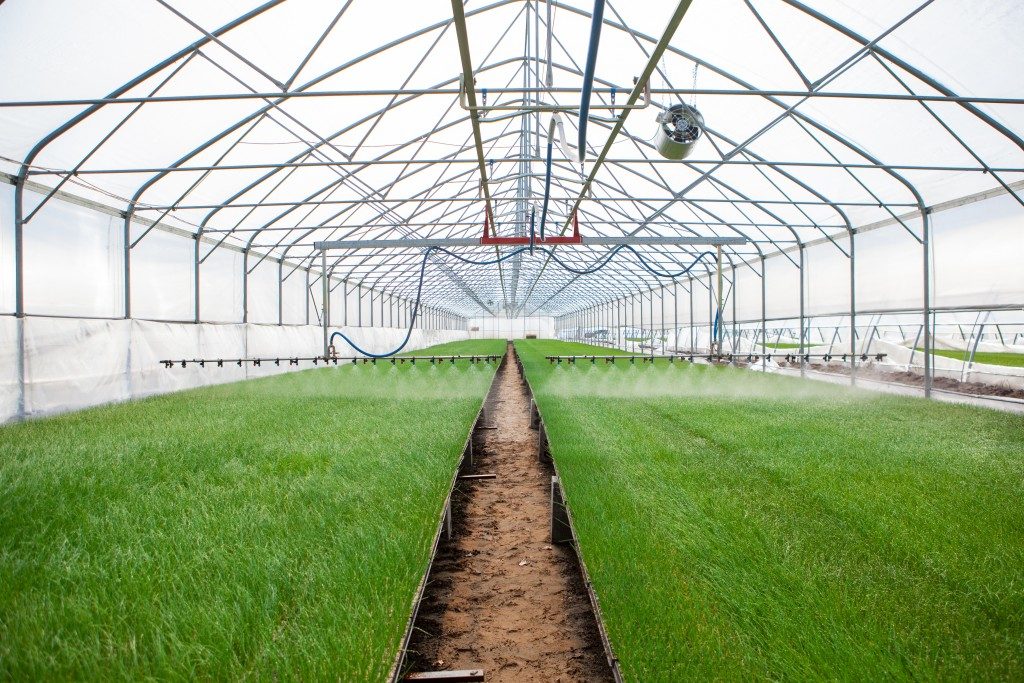Systems designed with fluid-powered components like pumps, valves, motors, and cylinders could fail. When this happens, one can choose to buy and install replacement parts or simply repair and remanufacture the component.
Most often, each component of a hydraulic system can be replaced or repaired. Repairing hydraulic machinery is normally preferred as long as its cost doesn’t exceed that of a new unit. In addition, it ensures product lines don’t stay down and unable to function for a prolonged period of time.
Problem Diagnosis
The first thing most technicians will do is conduct a full inspection of the machine and then reach a diagnosis on the problem. A variety of reasons could lead to failure or breakdown. It could occur through natural progression, as components wear out over time. But premature failure can be driven by cavitations, over-pressurization, contamination, and excessive heat.
A comprehensive filtration system can moderate the temperature of components and prolong machine life. Parts can also break down and experience problems because of incorrect and mishandled installation, application, and commissioning.
Component Repair
In some instances, repair involves tearing down a specific part in order to return it to its “new” condition. This involves inspecting and measuring critical dimensions and surfaces within machinery. Low-cost, consumable parts like washers and springs are replaced. If necessary, bearings are also replaced.
However, with more serious problems, like internal wear from contamination damage, the technician may have to remanufacture internal parts. Major components may have to be replaced instead of repaired.
Equipment can be repaired or manufactured with parts from the original hydraulic manufacturer or sourced with aftermarket replacement parts. Original equipment manufacturers for hydraulic systems normally provide parts to builders of large machines. User service and repair support are left to distributors and repair shops.
However, there are firms that rely on parts provided by aftermarket sources. These components are reverse-engineered to fit a machine’s requirements. Even as they’re less costly than originally manufactured parts, they pose a greater concern on quality.

Post-Repair Services
Once repair is complete, technicians test and calibrate hydraulic machines to ensure the success of repair. However, hydraulics today are more advanced than they used to be and there are less available technicians able to perform inspection, testing, and calibration services.
Additionally, some components come with high operating pressures and electronic controls. These can push the capabilities of test equipment used by some repair shops. This is why small stores are often only able to run basic tests and repairs, and not more comprehensive ones.
Repair Cost
Many factors go into cost determinations for repaired and rebuilt components. They include expenses for expert failure diagnosis, recommendations for repair, and the cost of the parts themselves.
Before coming to a decision about the type of repair for their hydraulic machines, companies need to consider how they will work long-term. It may be less costly to replace old equipment instead of engaging in its repair. It’s important that machine repair and service does not result in significant downtime and loss of productivity.

